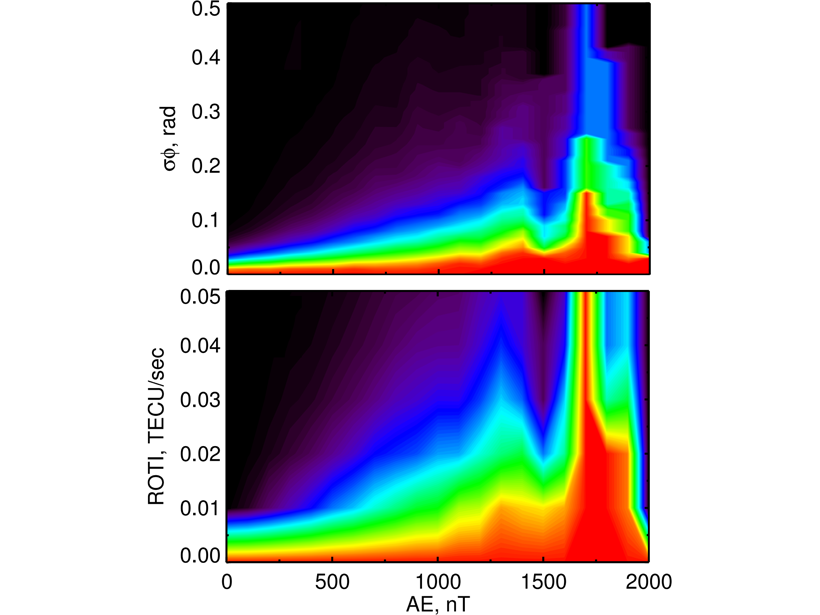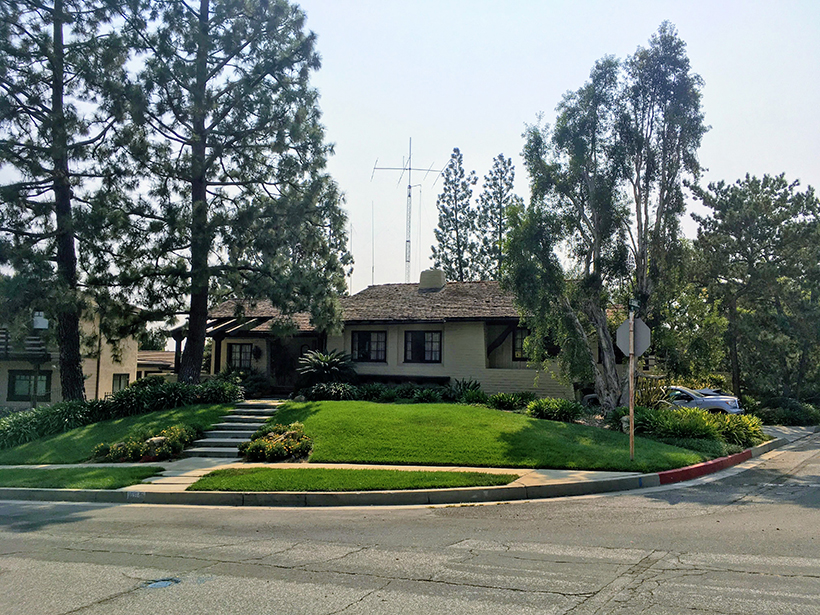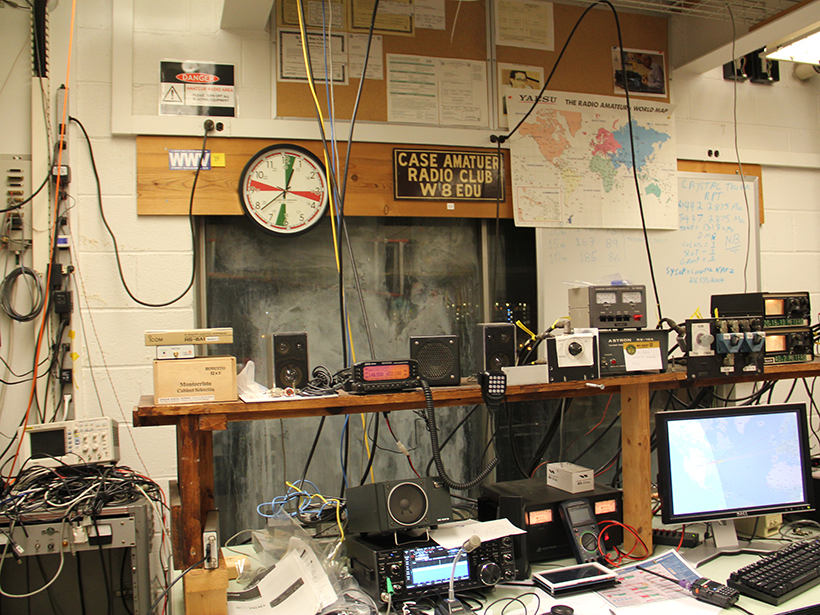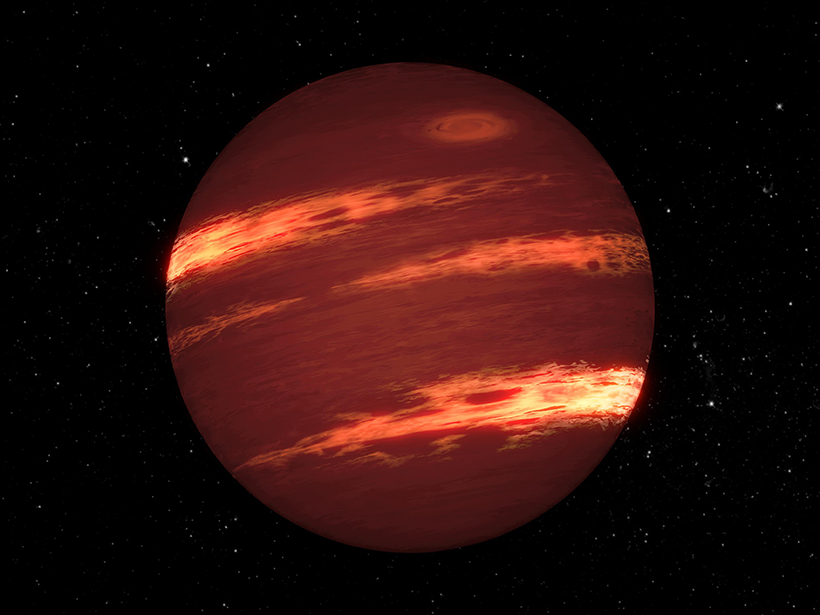Observations reveal a connection between auroral particle precipitation and scintillation, indicating that the ionospheric E-region is a key source region for phase scintillation at auroral latitudes.
radar & radio
Elliott Receives 2020 John Wahr Early Career Award
John R. Elliott received the 2020 John Wahr Early Career Award at AGU’s virtual Fall Meeting 2020. The award recognizes “significant advances in geodetic science, technology, applications, observations, or theory.”
Chasing Cyclones from Space
The pioneering use of satellite-based synthetic aperture radar to characterize tropical cyclones in near-real time has provided a crucial new tool with which to forecast powerful storms.
Amateur Radio Operators Help Fill Earthquake Donut Holes
Ham radio networks gear up to provide real-time, on-the-ground information about earthquake shaking and damage when other communication pathways are knocked out of commission.
Ham Radio Forms a Planet-Sized Space Weather Sensor Network
For researchers who monitor the effects of solar activity on Earth’s atmosphere, telecommunications, and electrical utilities, amateur radio signals a golden age of crowdsourced science.
Radio on Jupiter, Brought to You by Ganymede
Another first from NASA’s Juno spacecraft: the detection of Jupiter radio emissions influenced by the moon Ganymede, over a range of about 250 kilometers in the polar region of Jupiter.
Terrestrial Radio Signals May Suppress High-Energy Electrons
Naval radio signals may cause the formation of a barrier observed during geomagnetic storms that is seemingly impenetrable by relativistic electrons.
Streamer Corona Discharges in Thunderstorms Detected from Space
Concurrent detection from space and the ground of blue optical flashes from streamer corona discharges at altitudes between 8.5 and 14 kilometers and radio waves.
Space Weather Lessons from a 1928 Dirigible Debacle
Analysis of a disrupted SOS signal during an early polar expedition showcases the importance of taking space weather into account when exploring new frontiers.
Record-Setting Winds on a Nearby Brown Dwarf
Infrared and radio observations reveal zonal winds moving faster than 2,000 kilometers per hour on a “failed star” in our celestial neighborhood.









